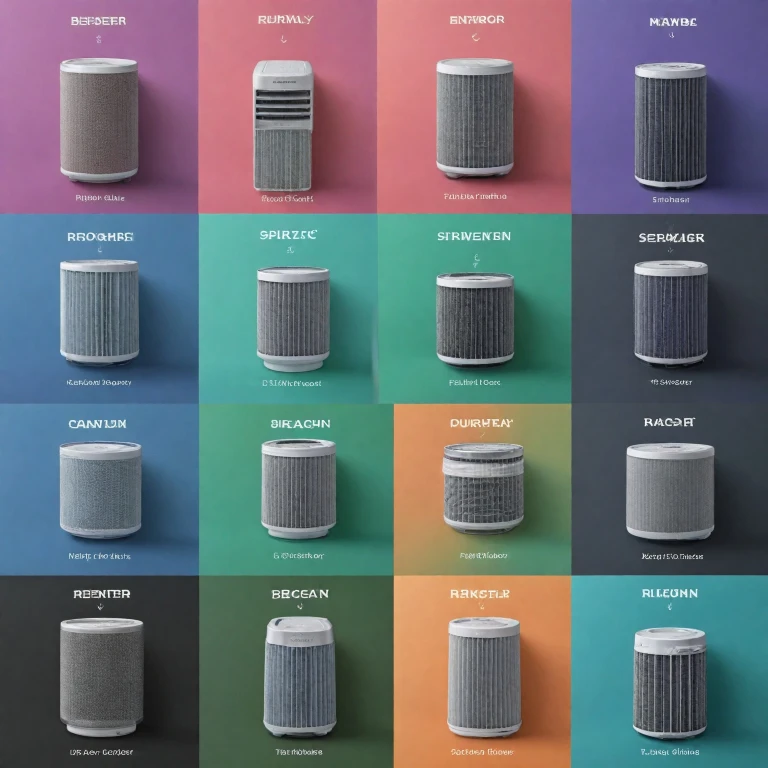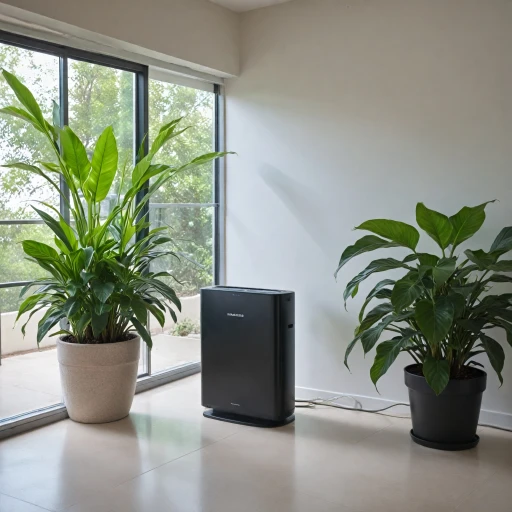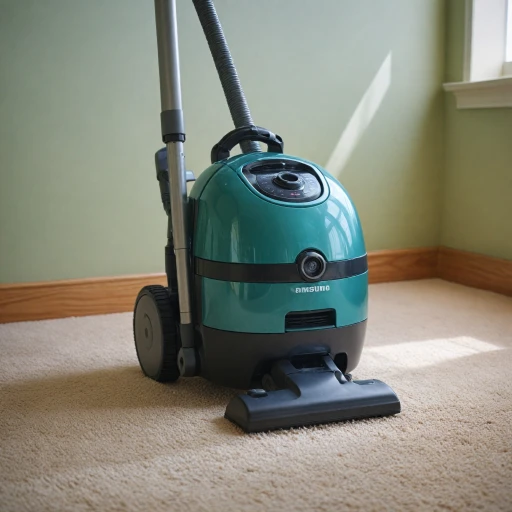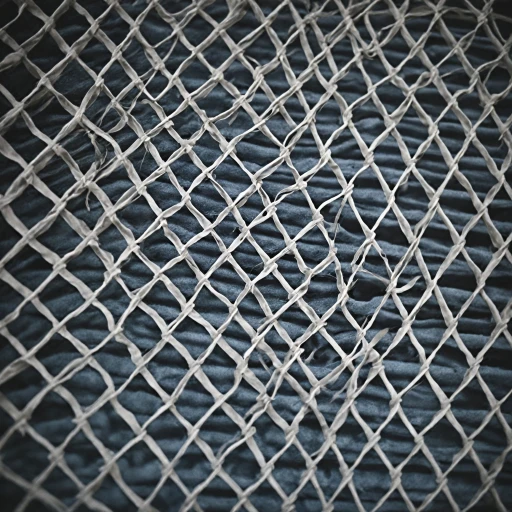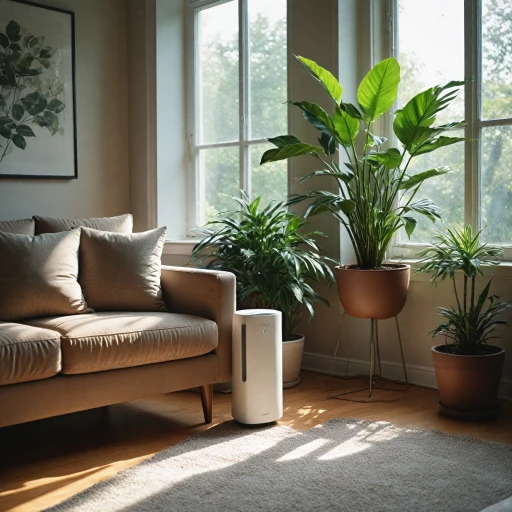What is an Air Cleaner Element?
Decoding the Basics of Air Cleaner Elements
Air cleaner elements are essential components in air purifiers, playing a crucial role in maintaining indoor air quality. These elements, often referred to as air filters or filter elements, are designed to trap particles and pollutants, ensuring that the air you breathe is clean and safe. Whether you're dealing with allergens, dust, or other airborne contaminants, the right air cleaner element can make a significant difference in your environment.
Typically, these elements are made from materials like paper air or synthetic fibers, which efficiently capture particles as air passes through them. The performance of these filters can vary based on their design and the specific needs of your space. For instance, high-quality filters air can significantly improve the air intake in your home or vehicle, such as a Honda Element or Toyota Camry, by ensuring that dust and debris are effectively removed.
Understanding the function of air cleaner elements is just the beginning. As you explore further, you'll find various types and specifications, each suited for different applications. From engine air filters to those designed for home use, selecting the right filter element involves considering factors like the current price, filter air capacity, and the specific requirements of your environment.
Types of Air Cleaner Elements
Exploring Various Air Cleaner Elements
Understanding the types and functions of air cleaner elements is essential in selecting the right one for your needs. Let's explore some of the common types you'll encounter:- Paper Air Filters: Widely used in vehicles, paper air filters are known for their effectiveness in capturing dust and debris. They are generally more affordable, making them a popular choice for many car owners, including those driving a Toyota Camry or Honda Element.
- Foam Air Filters: Often found in high-performance vehicles, foam filters provide excellent airflow. They are washable and reusable, which can contribute to long-term cost savings. However, they may not filter as finely as paper or cotton options.
- Cotton Gauze Filters: Known for their high airflow capacity, cotton filters typically come in a round shape and require regular oiling to function optimally. These elements are used in applications where maximum performance is critical, such as in racing engines.
- Synthetic Filters: Utilizing synthetic fibers, these filters are effective in areas requiring high filtration efficiency. They tend to offer a balance between performance and affordability, making them suitable for various environments.
- Fiberglass Filters: Less common in air purifiers, fiberglass filters capture large particles and are more frequently utilized in industrial settings than in residential purifiers.
How Air Cleaner Elements Improve Air Quality
Enhancing Air Quality with Cleaner Elements
Air cleaner elements play an essential role in enhancing air quality, making them a crucial part of any air purifier system. These elements are meticulously designed to capture harmful particles, ensuring that the air you breathe is as clean as possible. Here's how they contribute to better air quality:- Removing Pollutants: At the core of any purification system is the filter element, which traps pollutants like dust, pollen, smoke, and even some bacteria. Whether using a paper air filter or other advanced materials, the elements work to keep these unwanted particles from recirculating in your space.
- Enhancing Performance: When an air purifier's cleaner element is efficient, it doesn't just improve air quality. It enhances the overall performance of the purifier, helping to maximize the lifespan of both the machine and its filters. For vehicles, such as the Honda Element or Toyota Camry, a high-quality engine air cleaner can improve engine performance too.
- Considerations for Replacement: It's important to monitor each element's efficiency over time. Knowing when to replace them is key, akin to how you'd track the usage of an engine's intake filter. Doing so ensures continuous, optimal performance from your air purifier.
- Dealing with Specific Needs: Selecting the right air cleaner element is a tailored process. This might involve choosing options based on vehicle type (be it a tall, round fit for your vehicle) or residential usage. Taking into account the SKU and full details such as current price and shipping could factor into the decision process if purchasing replacements online. For more insights on determining the right number of air purifiers for your space, consider checking this comprehensive guide.
Choosing the Right Air Cleaner Element for Your Needs
Finding the Perfect Air Cleaner Element for Optimal Performance
Choosing the right air cleaner element can significantly impact the efficiency and performance of your air purifier. Various factors play a crucial role in selecting the best fit for your specific needs.- Type of Element: Consider the specific type of air filter element you require, whether it be a paper air filter, round filter, or high-quality intake filter. Understand the differences in materials and uses as detailed in previous sections.
- Specific Requirements: Assess your environment and any particular concerns, such as the presence of allergens or traffic pollution, which might dictate the filter's efficiency and capabilities.
- Vehicle Compatibility: Ensure that the replacement cleaner element is compatible with your vehicle's make and model, such as a honda element or toyota camry. Selecting a "select vehicle" option will guide you to "find the right fit" tailored to meet your "car air" needs effectively.
- Dimensions and Price: Consider the "current price" and the dimensions, whether "tall" or compact, to suit your specific space requirements and budget. "View details" like the "sku" for a comprehensive understanding.
- Shipping and Availability: Check the "full details" for shipping options and location availability, ensuring you choose an element air with convenient "shipping" possibilities that meet your needs without unnecessary delays.
Maintenance Tips for Air Cleaner Elements
Ensuring Longevity and Effectiveness
Proper maintenance of air cleaner elements is crucial for optimal performance and the longevity of your purifier. Not only does it ensure high-quality air, but it also maintains the efficiency of your air intake system. Here are some tips:
- Regular Inspection: Periodically check for signs of wear or dust buildup on filter elements. This can vary based on environmental factors, so adjusting the frequency of checks according to your location and air pollution levels is wise.
- Replacement Schedules: Follow the manufacturer’s recommended replacement intervals, usually based on the year or hours of operation. This information can typically be found in the product's full details section or by referencing your specific vehicle or purifier model, such as a Honda Element or Toyota Camry.
- Quality Filters: Always opt for high-quality filters even if the current price seems steep. The investment can save money in the long run by protecting the engine air system and improving overall air quality.
- Proper Installation: Ensure that the air cleaner element is securely in place. A loose fitting can lead to unfiltered air entering the engine, which diminishes performance and risks contaminants entering your air flow.
- Environmentally Conscious Disposal: Dispose of used filters responsibly. Many manufacturers offer recycling options or guidelines in the shipping details of the replacement element.
By following these guidelines, you can ensure the round-the-clock performance of your air purifier, leading to a cleaner, healthier environment for you and increased longevity for your air system.
Common Misconceptions About Air Cleaner Elements
Separating Fact from Fiction: Understanding Air Cleaner Elements
In the world of air filtration, misconceptions can often cloud judgment, leading consumers to misguided decisions. Let's debunk some common myths surrounding air cleaner elements and better understand their role in improving air quality.- All Filters are Created Equal: While it might seem tempting to assume that all air cleaner elements function the same, the truth is far from it. Filters vary significantly in terms of material, design, and performance. For example, paper air filters are widely used, but high-quality filter elements might incorporate advanced materials for better efficiency. Always check the specifications for the details on filter performance before your purchase.
- Universal Compatibility: Another prevalent myth is that you can use any air cleaner element for any vehicle or air cleaning system. This is incorrect. Elements are often designed to fit specific models and engine types, such as the Honda Element or Toyota Camry. It is essential to consult the product details and the SKU to ensure compatibility with your vehicle or purifier.
- Replacement Isn't Necessary Until a Filter Appears Dirty: Many people believe you can delay replacement until a filter looks visibly dirty. This is not advisable as the performance of an air cleaner element can degrade long before it appears dirty to the naked eye. Routine checks and following the manufacturer's guidelines on replacement intervals help maintain optimal air quality.
- Shipping Cost Always Reflects Quality: It is a misconception that higher shipping costs are synonymous with better quality filters. The shipping price is often dependent on logistical factors rather than the quality of the filter itself. Be sure to examine the full details and current price of the filter itself for a comprehensive evaluation.
- Larger Elements Are Always Better: A larger air cleaner element might not necessarily mean better performance. Efficiency primarily depends on the fit and match with the designated air intake system. Consider the right shape, be it round or tall, based on your specific engine air needs rather than the size alone.
